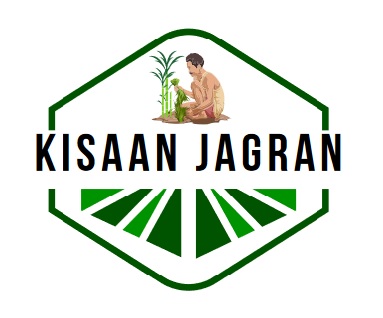
EXAM IDEAS Publish Date : 08/12/2024
EARTH’S ATMOSPHERE
Proff. R. S. Sengar
1. DDT, BHC are the type of:
(a) Degradable and quantitative pollutant
(b) Non–Biodegradable and qualitative pollutant
(c) Degradable and qualitative pollutant
(d) Non–Biodegradable and quantitative pollutant
Ans. B
2. The threat to Taj Mahal from the Mathura refinery is due to the gases:
(a) PAN, NO, H2SO4
(b) Fluorine, Freon, SO2
(c) H2O, SO2, NO2
(d) CO2, CH2 NO
Ans. C
3. SO2 affects humans when its concentration rises above:
(a) 0.1 ppm (b) 0.01 ppm
(c) 1 ppm (d) 0.001 ppm
Ans. C
4. Secondary pollutants are more potent than primary pollutant due to the phenomenon of:
(a) Synthesis (b) Synergism
(c) Condensation (d) Degradation
Ans. B
5. When organism/acts as an indicator of SO2 pollution:
(a) Mycorrhizae (b) Lichens
(c) Garden Pea (d) Both B and C
Ans. D
6. Marsh Gas is:
(a) CH4 (b) SO2
(c) CO (d) H2S
Ans. A
7. Cave dwelling, Proteus anguinushave:
(a) Upper surface dark and the lower surface is light
(b) No pigment in the skin
(c) Light Skin
(d) Dark Skin
Ans. B
8. Primary pollutant is:
(a) Hydrocarbon (b) O3
(c) PAN (d) C O
Ans. D
9. Snout is present in:
(a) Climbing organism
(b) Digging organism
(c) Cave dwellers
(d) Fast running organism
Ans. B
10. Mark the incorrect matching:
(a) Pollution from single point-sewage pollution
(b) Pollutants are emited from a mobile structure – Mobile source pollution
(c) Pollutant are produced from fixed source pollution
(d) Pollution is passed along narrowbeltline source pollution
Ans. A
11. Organisms living in desert are also called:
(a) Terrestrial (b) Xeric
(c) Cavedorial (d) Arboreal
Ans. B
12. In which animals nostrils are directed upward & are protected by valves or are reduced to pinhols:
(a) Desert (b) Terrestrial
(c) Cave dwellers ()d Burrowing
Ans. A
13. Natural pollution is caused by one of the following reasons:
(a) Industrial effluents, fertilizers, cosmic rays
(b) Nitrogen oxide, deforestation, sewage
(c) Burning of fossil fuel, paddy fields, mining
(d) Volcanic eruption, paddy fields, alimentary canal of cattle
Ans. A
14. Moloch (spiny lizard) has a special way of getting water:
(a) Absorbs water from the moist sand by means of skin like a floating paper
(b) Depends on the sap of plants & blood of prey
(c) Utilizes the water obtained by metabolizing their food contents
(d) Drinks lots of water when available
Ans. A
15. Which of the organism have larger body size?
(a) Desert (b) Aquatic
(c) Volant (d) Terrestrial
Ans. B

Writer: Professor R. S. Sengar, Director Training and Placement, Sardar Vallabhbhai Patel University of Agriculture and Technology, Modipuram, Meerut.


